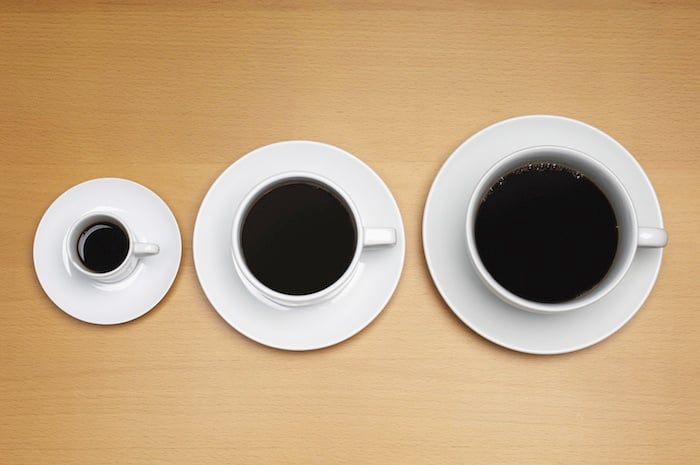Typically, depending on the product, there are three tiers...
Good.
Better.
Best.
Some brand managers like to wedge in faux tiers such as “even better” and “ultimate,” but we strategists should know better than that. The fidelity of thought and strategic brand building or delivery dictate that three tiers is normally enough from both a benefit-communications point of view and a production-cost point of view.
It is incredibly hard to communicate more than three tiers. Think about how the best retailers tier their products: Tall, Grande and Venti (Starbucks); Small, Regular and Large (McDonald’s) and finally MacBookPro 13”, MacBookPro 15” and MacBookPro 17” (Apple). There’s a reason they don’t flood their tiers with loads of levels — it gets confusing.
It is okay to have multiple product lines in one tier. They may be talking to different customers or the same customer, but in a different mindset, thorough journey planning is crucial to understanding how we communicate our product tiering to the larger world.
So, who is doing this really well? Quite a few companies, actually.
- Tesco: Value, Tesco and Finest — tiered on quality
- American Express: Green, Gold and Black — tiered on accessibility
- Apple: Leopard, Snow Leopard and Mountain Lion — tiered on bigger and better cats
- BMW: 1, 3, 5 and 7 series — tiered on performance and design
- Johnnie Walker: Black, Red, Gold, Platinum and Blue — tiered on quality, age and ingredients
The key is to be clear on definition and communication of your product tiering.
- Does it have additional features?
- What are the benefits (RTBs — Reasons to Believe)?
- Are the ingredients more special than lower ranges?
- Do the components do different things?
- Are there more component parts?
- Are there design stories that can be told?
- Are we appealing to different demographics?
These are just some of the questions you need to be asking when doing a product-tiering project for clients.
Communicating and Clarification of Choice
Through clear tiering of products and clarity of reasons to believe, we can make the consumer's decision process as easy as possible.
The two ways of using clever design to communicate and clarify choice are:
- Being visually minimalistic such as Seattle Coffee Company, which uses a spectrum of colors to guide consumers through the range. It then reverses these colors for decaffeinated options within the same tier.
- Telling verbal brand and product stories on packs such as FRAM oil filters, which use feature and benefit lists on a pack with tick boxes to denote which is the entry-level product, which is a step up and which is the best.
Our role in product tiering is to truly understand consumer needs and the science behind decisions. Then we can design more effectively with our creative teams and elevate our clients and ourselves above the clutter to clarify consumer choice.
What great examples or product tiering have you seen or created?
Product Marketing
